This week, one of my clients asked me to paint an old vanity "white" for her. Have you looked at the selection of whites on the deck of paint chips at your local paint store? You have about a hundred options from which to make your selection, but wait, that's not all! Did you want an antiqued white finish? There are about a dozen more options for applying your chosen white that will give it varying degrees of age and wear. Here are three of my most popular "Antiqued white" finishes:
 |
| "Cottage White Distressed" This is the one for when you want it to look like Grandma painted this fifty years ago, and it's been banged around mercilessly since then. I do my distressing while the paint is still just barely wet, rather than sanding back after it dries. For this finish, I don't use a bonding primer, so it's important to use a self-priming paint that is compatible with any varnish or poly that is on the piece, then as long as adhesion is reasonably good, you're fine. The charm of the look is in the chips, after all. I like Benjamin Moore's Super Spec D.T.M. for this. |
 |
| "Aged Elegance" This is white with an umber overglaze. This is what I do for a client that wants it to look like a well cared-for piece that is yellowing with age. Sometimes, I wipe back so much of the umber that you don't really even know it's there, unless you compare it to an unglazed piece. It just mellows the paint a bit. For this, I use a bonding primer (Zinsser shellac based is reliable, and they have a new one out that I'm trying out that is waterborne, but behaves the same for stain blocking, they say...I'll let you know). I follow the bonding primer with two coats of Benjamin Moore Satin Impervo, waterborne (love, love, love this enamel!!!), then a glaze made from D.T.M. base for darkest colors, with some umber tint mixed in, thinned just a bit with water. Using paint base rather than a glaze product feels a little more reliable on the bonding. I don't want the glaze to come off when a client washes their cabinet doors! |
 |
| I call this a "MacKenzie Finish", as it was originally designed to match the streaky white in original MacKenzie-Childs pottery. The effect is like tannin bleed through old white paint. It's great for when you need to use a bonding primer, but you want it to seem the wood grain is showing through. I use the BM Satin Impervo, in Linen White, custom tinted umber, and some of the white tinted with yellow ochre. I brush on the white, then brush the other two colors into it while it's still wet, blending as I go. The trick is to have a feel for where the color would be on a real aged piece. |
Here are the three closer:
 |
| "Cottage White Distressed" |
 |
| "Aged Elegance" |
 |
"MacKenzie Finish", lightly distressed.
|
Of course, white is not the only color to paint cabinets and furniture. I"m doing a black rub over walnut stain on another piece for the same customer, and below are a couple of popular choices:
 |
| "Ember Rub" is a black rub over a red oxide base, with a lot of the red showing. I literally hand rub most of my finishes, while the paint is wet to barely dry. Very bad for manicures, very good for "Wow" factor. |
 |
| Black rub over gold gives you the elegance of gold, toned down for slightly more casual lifestyles. I use Modern Masters Metallics. |
 |
| Of course, an umber glaze will gently age any color. This soft green is a Benjamin Moore color, I think Nantucket Green (maybe Nantucket Gray?), but don't hold me to that! I crafted the bee detail especially for this client. |
I should mention at this point that, no, I do not get a kickback from Benjamin Moore,
though if anyone from their company reads this, I wouldn't turn down your advertising dollars! I have had consistent results with this brand, which I can't say of some of the other premium brands. I do also use two Midwest brands, Hirshfields and Diamond Vogel, though not for cabinets and furniture.
To see these finishes on cabinets, click on over to my website,
theartofthehome.com, and click on the "cabinets and furniture" page.
If you are trying this yourself and need anything clarified, feel free to email.
dawnmariedelara@gmail.com































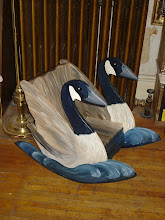

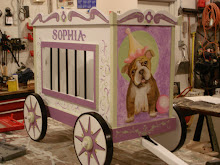

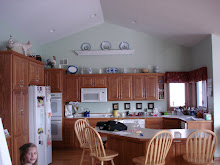






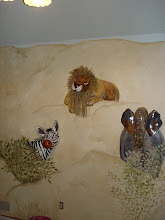
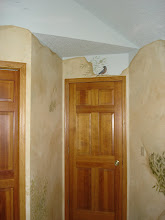
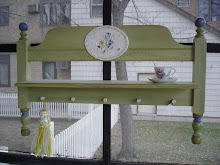

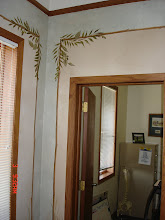



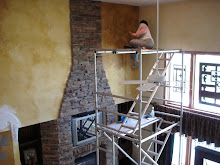



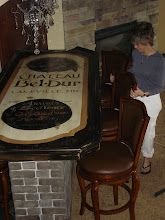
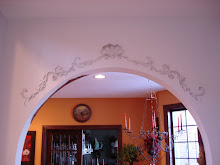



No comments:
Post a Comment